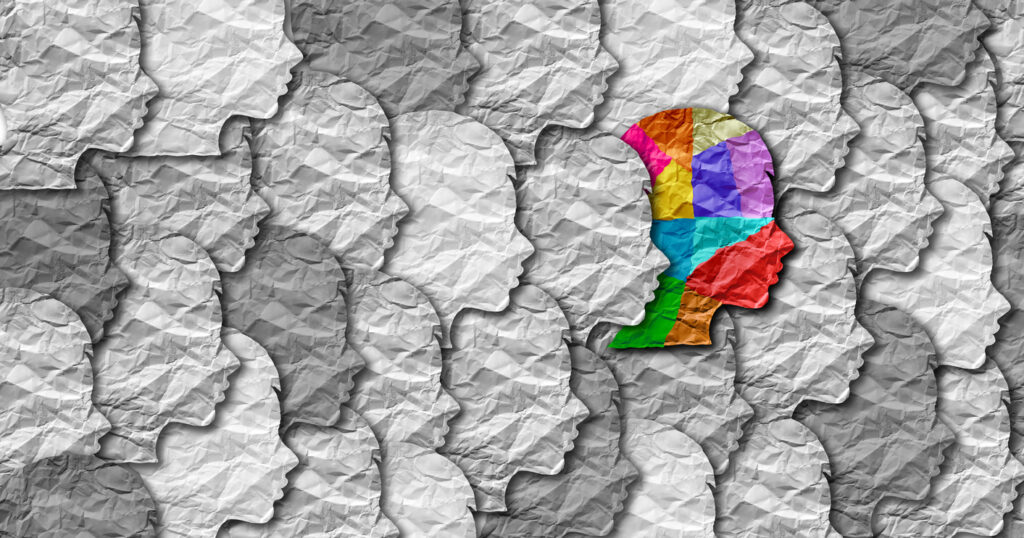Awareness of mental health is improving, but to really make a difference companies need to move beyond reactive wellbeing initiatives to a more proactive approach.
Mental health affects everyone, all day, every day. The state of our mental health determines how we feel, mediates the impact of life stressors and influences our ability to navigate the daily challenges of life.
Since we spend plenty of our time at work – somewhere in the region of 84,000 hours over the course of our lifetimes – prioritising mental health in the workplace is a must.
Increasingly, employers are recognising the importance of good mental health and are willing to invest time and resources into improving staff wellbeing.
According to the latest research from AON Employee Benefits, two out of five organisations have a formal mental wellbeing strategy in place and, over the next year, 80% of employers will be looking to improve education, awareness and prevention of health-related issues.
Importantly, the conversation is moving beyond solely reactive initiatives, and attention is focusing on proactive, preventative strategies that can meet the needs of an entire workforce.
The diversity of mental wellbeing
Central to a proactive approach is acknowledging that our mental wellbeing exists on a spectrum: at one end we’ll be thriving, at the other end we’ll be struggling, and our place along this continuum will be influenced by a number of factors unique to us.
Our minds are complex and our mental health is diverse and vibrant, changing over time and in response to our unique circumstances.
The ‘biopsychosocial’ model explains some of these individual differences, focusing on the interplay between biological factors, psychological differences, and our social environments in influencing our wellbeing.
Any wellbeing intervention – whether reactive or preventative – needs to flexibly account for the multitude of differences between individuals.
Across the three domains, we all have our own unique set of risk and protective factors: things that increase our chances of developing a problem, and things that bolster our resilience.
Biological influences refer to things like our genetic makeup, any history of physical trauma or infection, and even metabolic factors.
Factors like these can predispose us to develop problems, creating a vulnerability, and can interact with social and psychological factors.
Psychological differences such as levels of optimism and general temperament will impact the way that each of us relates to the world around us, our perception of life events and our resilience in the face of stressors.
Finally, our social environment shapes us all, including early ones such as parenting and schooling, and others that span our entire lifespan, such as cultural and societal influences.
How does the biopsychosocial model apply in the workplace?
The biopsychosocial model reminds us that we’re all unique, each of us seeing the world through our own lens.
Consequently, we need to take a holistic approach when it comes to mental health at work.
Supporting a culture that nurtures and celebrates difference and diversity is paramount to workplace wellbeing.
Any wellbeing intervention – whether reactive or preventative – needs to flexibly account for the multitude of differences between individuals in terms of their vulnerabilities, strengths and needs.
While we might not be able to change or control some of the factors that push people towards the less comfortable end of the mental health spectrum, employers can help mitigate the impact of any emerging symptoms and help people get the right support at the right time.
Creating an informed wellbeing initiative
For a wellbeing initiative to fully account for the individual differences inherent in the biopsychosocial model, it’s essential to consider a wide range of mental health topics that might apply to different life stages and circumstances.
We should also keep in mind the entire spectrum of mental health, and acknowledge that every individual will have a different perspective.
This should include offerings that support resilience, as well as targeted approaches that tackle symptoms like sleep disturbance, as well as support for problems like low mood or anxiety.
It’s also important to consider more than one scientific approach. Not all techniques will be suitable for everyone.
[cm_form form_id=’cm_65a14c3f5da64′]
For instance, while one person might benefit from practising mindfulness to alleviate stress, another might get more from an action-oriented approach like cognitive behavioural therapy to target specific symptoms of anxiety or depression.
Finally, supporting a culture that nurtures and celebrates difference and diversity is paramount to workplace wellbeing.
Encouraging everyone to bring their authentic self to work helps create an environment where everyone can thrive, regardless of their biology, psychological makeup or social circumstances.
Interested in this topic? Read Mental health awareness: spotting the signs and starting the conversation.







